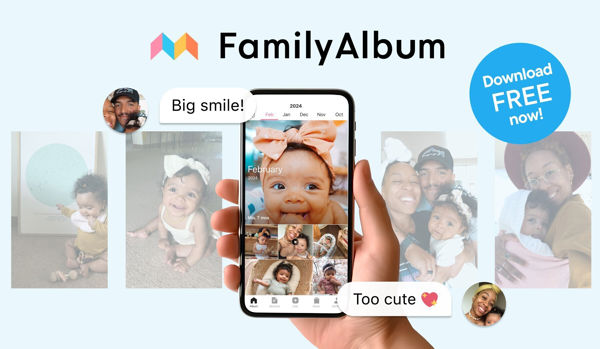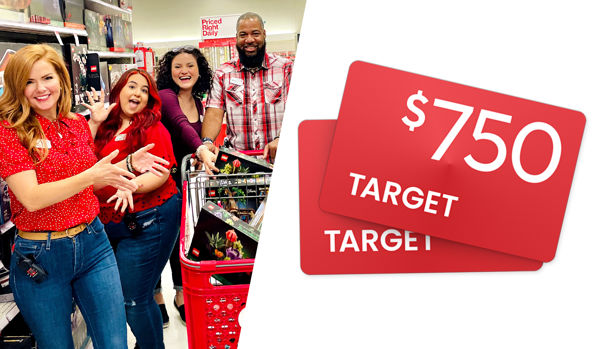Before birth, babies receive all their nutrition from their mothers through their umbilical cord. Umbilical cords connect to a temporary organ called the placenta, which filters the mother's blood, delivers nutrients and oxygen to the baby, and takes waste away from the baby. After birth, the umbilical cord will continue to function temporarily as the blood inside the placenta will continue being delivered to the baby until it depletes or the connection is severed, at which point the baby will rely on breastmilk or formula to receive nutrients.
Cord Clamping
Ideally, unless the baby requires immediate medical attention, healthcare professionals will wait until the cord pulsations have stopped, within one to three minutes after birth. Many hospitals in the United States now practice cord clamping for at least 30-60 seconds after birth. Waiting to sever the connection between the baby and the placenta can have many benefits, especially for premature babies. These benefits include a more gentle transition, greater blood volume in the baby, and increased iron stores by six months.
Some families implement a practice called "lotus birth," where the baby remains connected to the placenta until the natural separation. One concern of extended delaying cord clamping, such as in the case of lotus birth, is that it can potentially increase bilirubin levels, resulting in jaundice. Luckily jaundice can be relatively easy to reverse through phototherapy. Small or "growth-restricted" newborns could also be at risk for polycythemia (increased red blood cells), which is treated with extra fluids or a transfusion in more serious cases. Other concerns include a potential risk of infection by having a baby connected to a "dead" organ with stagnant blood. Still, some feel that a lotus birth actually lowers the risk of infection because it doesn’t cause injury to the cord.
Ultimately, it is up to parents and health care providers to weigh the risks and benefits of approaching the separation of baby and placenta.
Cord Blood Banking
Aside from having significant health benefits for newborns, the blood from umbilical cords is also a wealth of stem cells that can help treat many life-threatening diseases such as cancers like leukemia, sickle cell disease, and bone marrow diseases. Cord blood can be collected and donated to those in need or for healthcare research. Alternatively, you can also pay to have your baby's cord blood stored in a private "bank" for the exclusive use of you and your family if the need arises. Not everyone is eligible to donate cord blood, and even donated collections are not always free, so check with your healthcare provider about any qualifications or associated costs.
Cleaning and Care of Umbilical Cord
After being clamped and cut, the portion of the umbilical cord left behind (the umbilical "stump") essentially becomes a scab, drying up and falling off after the skin beneath has healed and closed. Like a scab, the umbilical stump serves a vital purpose in protecting the body beneath; and it should be left alone. It may be tempting to remove the stump yourself, especially as it begins to loosen and dangle by just a few pieces, but stay strong and let nature take its course. The umbilical stump will fall off when it's ready.
Avoid accidentally bumping or pulling on the umbilical stump by keeping the front of your baby's diaper folded down and away from the area. Many newborn diapers come with a semicircular cutout to help the stump remain undisturbed. This will also help the stump from accidentally becoming saturated from a wet diaper or any cream or Vaseline you may use in the diaper area.
It's not dangerous for the umbilical stump to get wet, but you do want to keep it as dry as possible so it can dry out. Because of this, you will want to stick to sponge baths rather than submerging your baby's abdomen in water until the umbilical stump falls off.
Years ago, parents were instructed to clean their baby's umbilical stumps with rubbing alcohol — but the current understanding is that this would kill essential "good" bacteria that help the stump dry and separate.
Warning Signs
Bleeding: When your baby's umbilical stump falls off, there may be some spotting, but there should not be significant bleeding. If you notice a concerning amount of blood (more than a few drops), it could signify the stump's connection was prematurely damaged.
Infection: A small amount of pus will occasionally occur without issue, but you will still want to contact your baby's healthcare provider to be safe, especially if other symptoms are present such as redness, swelling, or bumps.
Extended connection: The umbilical stump should fall off within the first three weeks of your baby's life. If the cord has not separated after that time, it may be a sign of something more significant, and you should make your baby's medical caregiver aware.
Your baby's belly button is just one of the unique things about them, and the umbilical cord stump falling off is almost like the final chapter revealing your brand new little one as you begin your journey together! Don't rush the process, and enjoy welcoming your baby into your home and family, especially in those first precious days.






